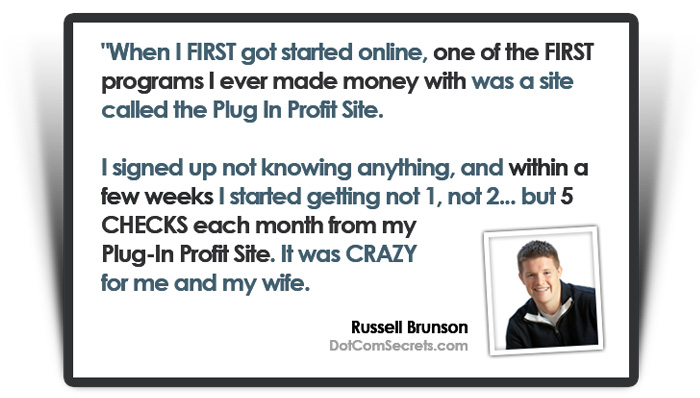Introducing the all new PluginProfitSite Multiple Income System—your complete, done-for-you shortcut to building a real online business with TEN INCOME STREAMS starting today. Instead of wasting time trying to figure out websites, funnels, autoresponders, tracking, or picking random offers, PluginProfitSite sets everything up for you automatically.
You get a fully loaded website, integrated income streams, built-in list building, and a proven system that has helped everyday people create consistent commissions while learning real digital marketing skills.
With one simple setup, you unlock multiple income streams working together 24/7—so while others are chasing methods, you’re already in profit mode. Whether you’re brand new or already marketing online, this system gives you everything you need to start earning quickly and scale over time. If you want a powerful, automated business you can be proud of, the PluginProfitSite system is hands-down the easiest way to get started.
You came online to earn part-time or full-time income—and let’s be honest, you hoped it would be fun, not another draining grind.
I felt the same way until I found a community-driven advertising and income system that finally gave me consistent earnings and real value.
Infinity Traffic Boost (ITB) blew me away because every feature is designed to help everyday members earn daily cash, generate quality traffic for their main business, and enjoy a sustainable, legal revenue-share model.
Whether you’re on a tight budget or ready to scale, ITB lets everyone earn commissions of 30%–80% on every sale, plus daily rewards just for surfing a few pages.
What makes ITB powerful is the leverage and built-in recurrence. You earn from direct referrals, passed-up sales, and daily surfer rewards—all while gaining advertising exposure from a highly active, engaged community.
With price points starting as low as $4.57 and the ability to earn boosted commissions one level higher than your purchase, ITB creates a realistic path for both beginners and seasoned marketers to profit.
And because each package activates your commission potential for 30 days to 2 years, members naturally repurchase, creating true recurring income without auto-subscriptions.
If you want daily earnings, high-quality traffic, and a compensation plan that rewards everyone fairly, ITB is the smartest move you can make today. You can join free, earn without referrals, and upgrade anytime using crypto or earnings.
Take a free tour now, explore the system, and see for yourself why so many marketers are excited about Infinity Traffic Boost.
There is a reason over 50,000 independent authority bloggers rank us as the “go to” platform for Internet entrepreneurs.
Whether you are just getting started, have some experience, or are an ultra-successful affiliate marketer, Wealthy Affiliate is made for you! We all have a hobby or something that gets us excited and motivated when we think about it.
It only takes one idea to create a very successful business online. Don’t have any ideas? No problem, Wealthy Affiliate will help you choose a direction of your business from over 1,000,000 different niches.
Without spending a dime, you can promote all the top brands in the world through affiliate programs. As a Wealthy Affiliate member, you’ll learn how you can choose from close to 600 MILLION products/services and easily promote them on your site.
No inventory, no shipping and no support required. Click here to join Wealthy Affiliate for Free, and transform your ideas into profits!
LeadsLeap is an all-in-one traffic and money-earning system. Not many traffic systems can arouse my interest these days. But this one did.
Not only do you get targeted traffic but also all the tools you need to run a successful affiliate marketing business under one roof. Lead capture pages, autoresponder, targeted traffic and list management.
Leadsleap, ITB and Wealthy Affiliate are all core programs within the Pluginprofitsite system. But it does not end there!





